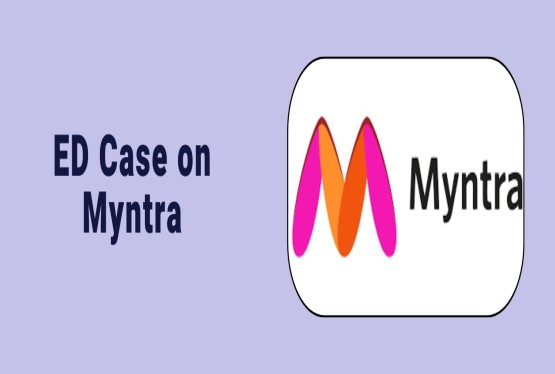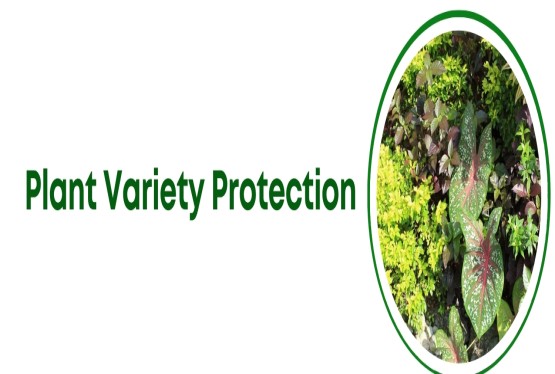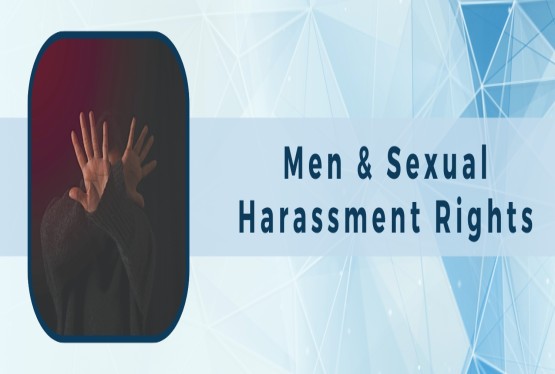Current complex international trade environment, confirming supply chain security and legal compliance is more important than ever. The U.S. Customs and Border Protection (CBP) created the Customs Trade Partnership Against Terrorism (CTPAT) to foster a secure and reliable trade process. CTPAT Trade Compliance is a voluntary yet strategic initiative aimed at importers and trade stakeholders who wish to uphold high standards of security, trade compliance, and ethical practices. This detailed article will help you understand the ins and outs of CTPAT Trade Compliance, how to get certified, the benefits of participation, and how to stay compliant over the long term.
What is CTPAT Trade Compliance?
CTPAT Trade Compliance is a voluntary program launched by the U.S. Customs and Border Protection (CBP) that aims to strengthen international supply chains and improve U.S. border security. The program was initiated after the 9/11 attacks as part of the broader effort to prevent terrorism through enhanced cargo and supply chain security. Initially, the focus was mainly on physical cargo security. However, in recent years, the scope has expanded to include trade compliance measures like import documentation accuracy, valuation and classification of goods, and human rights standards such as the elimination of forced labour.
Today, CTPAT Trade Compliance addresses both security and trade obligations. Participants are expected to not only protect their supply chains but also ensure that their operations align with U.S. laws, including customs regulations, ethical sourcing, and labor rights.
Why is CTPAT Trade Compliance Important?
Participating in the CTPAT Trade Compliance program provides several direct and indirect benefits. Firstly, companies that are certified are considered low-risk by CBP, which means they are subject to fewer inspections and delays. This helps in faster cargo movement across borders. Secondly, businesses gain access to dedicated FAST (Free and Secure Trade) lanes at U.S. land borders, further reducing transit times.
Additionally, companies that are part of CTPAT can enjoy benefits like priority shipment reviews, eligibility for other CBP programs like Importer Self-Assessment (ISA), and recognition from foreign customs authorities. Moreover, CTPAT-certified companies project a strong image of trust and responsibility in the global market, enhancing their brand and credibility with stakeholders.
Who is Eligible to Participate in CTPAT Trade Compliance?
CTPAT Trade Compliance is open to various entities involved in international trade, provided they meet specific eligibility requirements. These entities include:
-
U.S.-based importers
-
Customs brokers
-
Freight forwarders
-
Air, sea, and land carriers
-
Third-party logistics providers (3PLs)
-
Select foreign manufacturers (as identified by CBP)
To be eligible, a company must actively engage in international trade and must have a valid U.S. Importer of Record (IOR) number. Additionally, applicants should already have Tier II or Tier III security clearance under the CTPAT Security program. They must also submit a detailed supply chain security profile and enter into a formal Memorandum of Understanding (MOU) with CBP outlining mutual obligations.
Requirements for CTPAT Trade Compliance
To become and remain certified under CTPAT Trade Compliance, businesses must meet a set of core requirements:
Risk-Based Mapping
Companies must map their entire supply chain to identify potential vulnerabilities. This includes identifying suppliers, transport routes, and business partners who may pose risks, particularly in terms of forced labor or regulatory violations. The goal is to spot and mitigate threats before they affect trade.
Code of Conduct
A formal code of conduct must be developed to clearly prohibit the use of forced labor. This document should outline the company’s commitment to ethical sourcing and human rights. It should be shared across the supply chain and incorporated into contracts and procurement processes.
Supplier Training
Regular training sessions must be conducted to ensure suppliers are aware of and comply with the company's trade and labor policies. This helps create a culture of compliance and reduces the risk of violations at any stage of the supply chain.
Evidence of Implementation
Companies must maintain documented proof of their compliance efforts. This can include internal audit reports, training records, policies, and corrective actions. These documents must be readily available for CBP review and are essential in case of an audit or investigation.
Remediation Plans
If a violation is detected, companies are required to have a remediation plan in place. This includes a clear process to investigate the issue, take corrective action, and prevent future occurrences. Remediation plans ensure that non-compliance is dealt with responsibly.
Sharing of Best Practices
Participants should actively share their best practices with other members of the trade community and CBP. This collective learning approach helps improve the overall quality and efficiency of international trade compliance.
How to Get CTPAT Certification?
Obtaining CTPAT certification involves a multi-step process that requires thorough preparation and consistent follow-up.
Step 1: Check Eligibility
Ensure your company falls into one of the eligible categories and that you meet the minimum criteria for trade compliance and security. Eligibility also depends on having a valid Importer of Record and having Tier II or Tier III security status.
Step 2: Choose an Importer of Record (IOR)
You must identify your U.S.-based Importer of Record. This could be your company or an authorized representative. The IOR must be verifiable through an EIN (Employer Identification Number), SSN (Social Security Number), or CBP ID.
Step 3: Complete the Online Application
Log into the CTPAT Trade Compliance portal and fill out the online application. The application requires detailed responses to security and compliance questionnaires, information about your supply chain, company operations, and submission of your anti-forced labor policy.
Step 4: Submit the Memorandum of Understanding (MOU)
Review and sign the MOU. This document establishes a formal agreement between your company and CBP regarding responsibilities and obligations. It is legally binding and must be adhered to throughout your certification.
Step 5: Application Review Meeting (ARM)
After submitting the application, CBP will evaluate it and conduct an Application Review Meeting (ARM). During this meeting, your responses will be reviewed, and your company’s risk profile will be discussed in detail.
Step 6: CBP Decision
Based on the review, CBP will either approve, deny, or suspend your application. In cases of denial or suspension, companies typically have 60 to 120 days to address the issues and resubmit their application.
CBP Risk Factor Scoring System
As part of the application review, CBP assigns a risk factor score to your business. This score is based on several factors, including:
-
History of trade penalties or violations
-
Association with high-risk countries or partners
-
Complexity of goods and supply chain
-
Audit history and previous compliance issues
A lower risk score increases the likelihood of approval, whereas a high score may result in delays or rejections. Therefore, companies must actively manage risks and demonstrate a strong internal compliance framework.
Time Required to Obtain CTPAT Certification
The time required to receive CTPAT certification varies depending on the size and complexity of the company. On average, it takes around 20 hours to complete the application process. Once submitted, CBP usually takes up to 30 days to review and decide. However, if additional information or corrections are needed, the review process may take an additional 60 to 120 days.
How to Maintain CTPAT Certification?
Certification under CTPAT Trade Compliance is not permanent. To maintain your status, you must follow a few important steps:
-
Submit Annual Notification Letters (ANLs) confirming that your company continues to meet eligibility and compliance requirements.
-
Revalidate your certification every four years by completing updated documentation and compliance checks.
-
Report material changes such as mergers, changes in leadership, or ownership to CBP within 30 days.
-
Follow all terms in the MOU and CBP guidelines, avoiding any violations that may lead to suspension.
-
Ensure consistent performance with respect to supply chain security and compliance practices. Lapses can lead to suspension or revocation.
Failure to meet any of the above can result in the loss of certification and associated benefits.
Update Requirements and Deadlines
Material changes such as change of address, ownership, or Importer of Record must be reported to CBP within 30 days of their occurrence. Annual updates must be submitted to confirm continued participation. Missing deadlines can result in penalties and possible suspension. In some cases, extensions may be granted, but they are not guaranteed and should not be relied upon.
Companies should avoid making changes directly in the portal without consulting CBP, especially when it comes to the Importer of Record. Improper changes can cause deletion of important data and loss of benefits.
Denials, Suspensions, and Revocations of CTPAT Certification
CBP may deny, suspend, or revoke a certification for several reasons:
-
Application errors or missing information
-
Failure to meet eligibility or compliance requirements
-
Security incidents or supply chain breaches
-
Engagement in unethical or illegal trade practices
If your certification is denied or revoked, CBP typically allows 60 to 120 days to make corrections or respond. Legal assistance is advisable to ensure proper handling of the situation and avoid further delays or complications.
Forced Labour Requirements and New Benefits
In 2022, CBP updated the CTPAT program to place a stronger emphasis on eliminating forced labour in supply chains. New requirements include:
-
Conducting risk-based mapping of supply chains
-
Implementing a clear anti-forced labour policy
-
Providing training and maintaining evidence of implementation
-
Establishing remediation procedures and sharing best practices
Additionally, certified companies benefit from priority shipment reviews if their cargo is detained on grounds related to forced labour. Instead of being immediately seized, cargo is now kept at the company’s premises or a bonded warehouse, giving companies more control over the situation.
Should You Hire a CTPAT Trade Compliance Lawyer?
While legal representation is not mandatory, hiring a CTPAT lawyer can be helpful, especially for companies new to the process or with complex international operations. A qualified lawyer can:
-
Assist in preparing and submitting the application
-
Help respond to any denials or suspension notices
-
Clarify complex compliance requirements
-
Review the Memorandum of Understanding (MOU)
-
Prevent mistakes that could delay or compromise certification
If your business relies heavily on international trade, legal support can ensure that your application process is smooth and compliant.
Conclusion
CTPAT Trade Compliance is more than a regulatory requirement—it is a long-term strategy for companies that aim to secure their supply chains, reduce delays, and earn trust globally. While the certification process requires dedication, the operational and reputational benefits are significant. From faster border clearances to enhanced brand image, the advantages of CTPAT certification are clear.
By aligning with CTPAT standards, your business shows a strong commitment to legal compliance, ethical trade practices, and national security. Whether you are an importer, logistics provider, or customs broker, becoming CTPAT Trade Compliant establishes you as a reliable and responsible player in the global trade ecosystem.
To learn more or get assistance with your CTPAT Trade Compliance application, visit Compliance Calendar LLP. You can also connect with the experts through mail at info@ccoffice.in or Call/Whatsapp at +91 9988424211.
FAQs
Q1. What is the primary objective of the CTPAT Trade Compliance program?
Ans. The main objective of the CTPAT Trade Compliance program is to enhance the security and integrity of the international supply chain while ensuring compliance with U.S. customs laws. It promotes collaboration between CBP and the private sector to prevent threats such as terrorism, smuggling, and forced labor. Additionally, it encourages companies to maintain accurate trade records, ethical sourcing, and proper documentation.
Q2. Is CTPAT Trade Compliance mandatory for all importers?
Ans. No, CTPAT Trade Compliance is a voluntary program. However, participating companies gain significant benefits such as fewer inspections, faster clearance, and enhanced reputational trust. While not legally required, joining the program can improve operational efficiency and demonstrate a commitment to trade compliance and national security.
Q3. What are the key benefits of becoming CTPAT Trade Compliant?
Ans. Certified companies enjoy several advantages, including reduced inspections, access to FAST lanes, eligibility for the Importer Self-Assessment (ISA) program, and priority reviews if shipments are held for forced labor concerns. Additionally, companies gain global credibility, operational efficiency, and better cooperation with CBP and foreign customs authorities.
Q4. How long does it take to get CTPAT Trade Compliance certification?
Ans. The application process takes approximately 20 hours to complete, depending on the complexity of the business. Once submitted, CBP typically takes 30 days to respond. If the agency requests additional information or corrections, the total time may extend to 60–120 days. The process can vary based on the size and risk profile of the applicant.
Q5. What documents are needed for CTPAT Trade Compliance application?
Ans. Applicants must provide several documents, including a valid Importer of Record (IOR) number, a detailed supply chain security profile, anti-forced labor policies, training records, internal audit reports, and a signed Memorandum of Understanding (MOU). These documents demonstrate the company's commitment to compliance and ethical trade practices.
Q6. Can a company lose its CTPAT certification?
Ans. Yes, CBP can deny, suspend, or revoke certification for various reasons such as non-compliance, security breaches, submission of false information, or involvement in unethical activities. Companies typically have 60–120 days to correct the issues and reapply. Maintaining regular updates, compliance checks, and transparent communication with CBP is essential to retain certification.
Q7. How often must a company revalidate its CTPAT certification?
Ans. Companies are required to revalidate their CTPAT certification every four years. During this process, all documents and procedures must be reviewed, updated, and resubmitted to CBP. Additionally, companies must submit an Annual Notification Letter (ANL) every year confirming ongoing compliance and eligibility.
Q8. What should a company do if there are changes in ownership or structure?
Ans. Any material change, such as a change in ownership, business address, or Importer of Record, must be reported to CBP within 30 days. These updates help CBP maintain accurate records and ensure the company remains in good standing. Companies should avoid making such changes directly on the portal without guidance, as it may lead to loss of data or benefits.












































































_crop10_thumb.jpg)







_Rules,_2025_learn_crop10_thumb.jpg)








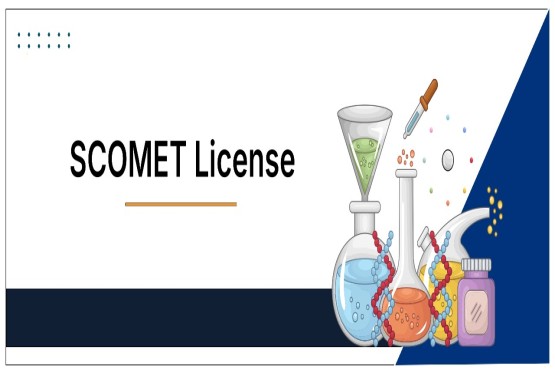



























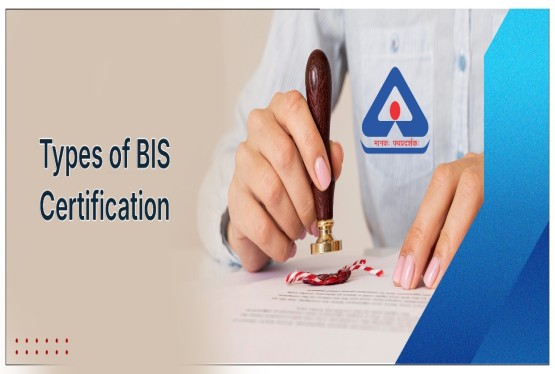

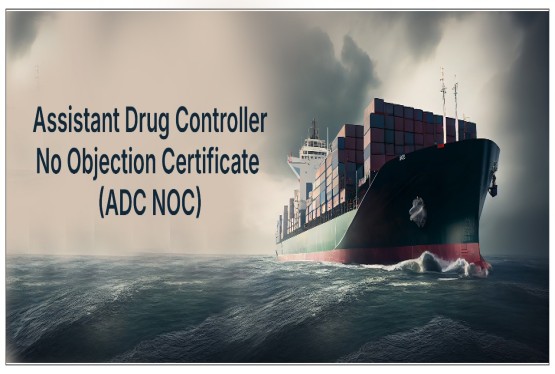






















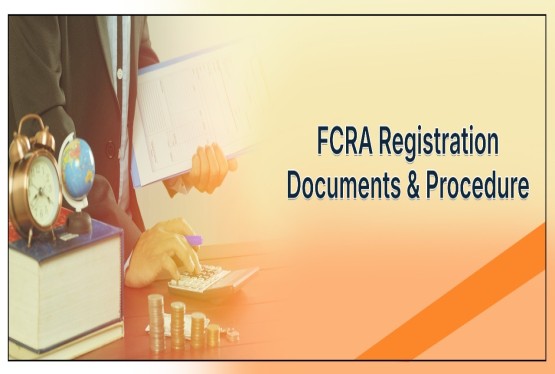


























_crop10_thumb.jpg)








 in BIS FMCS_learn_crop10_thumb.jpg)










_crop10_thumb.jpg)














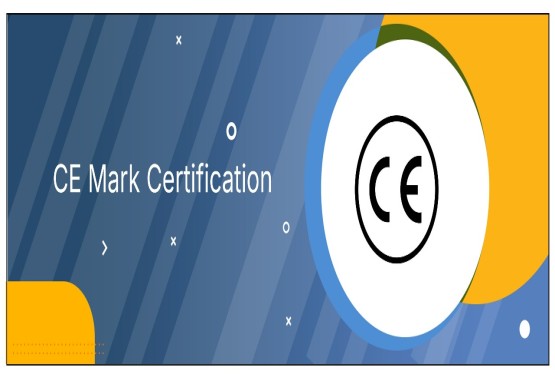
_crop10_thumb.jpg)





_Code C-888_learn_crop10_thumb.jpeg)
_learn_crop10_thumb.jpg)

































































_Certificate_learn_crop10_thumb.jpg)

_Certificate_(1)_crop10_thumb.jpg)

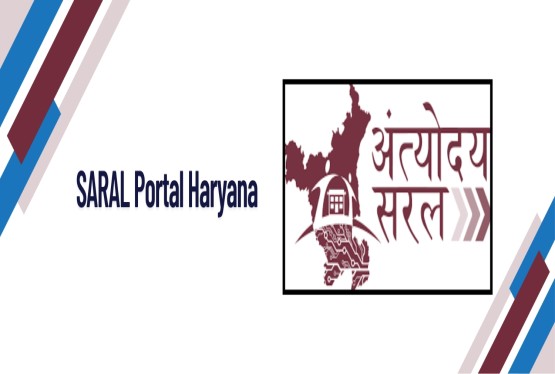




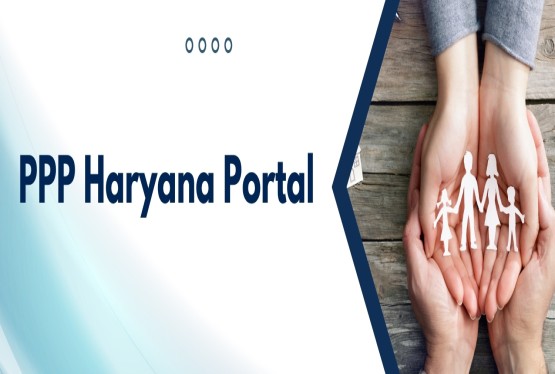







_learn_crop10_thumb.jpg)

_crop10_thumb.jpg)


















_Scheme_learn_crop10_thumb.jpg)


_learn_crop10_thumb.jpg)

